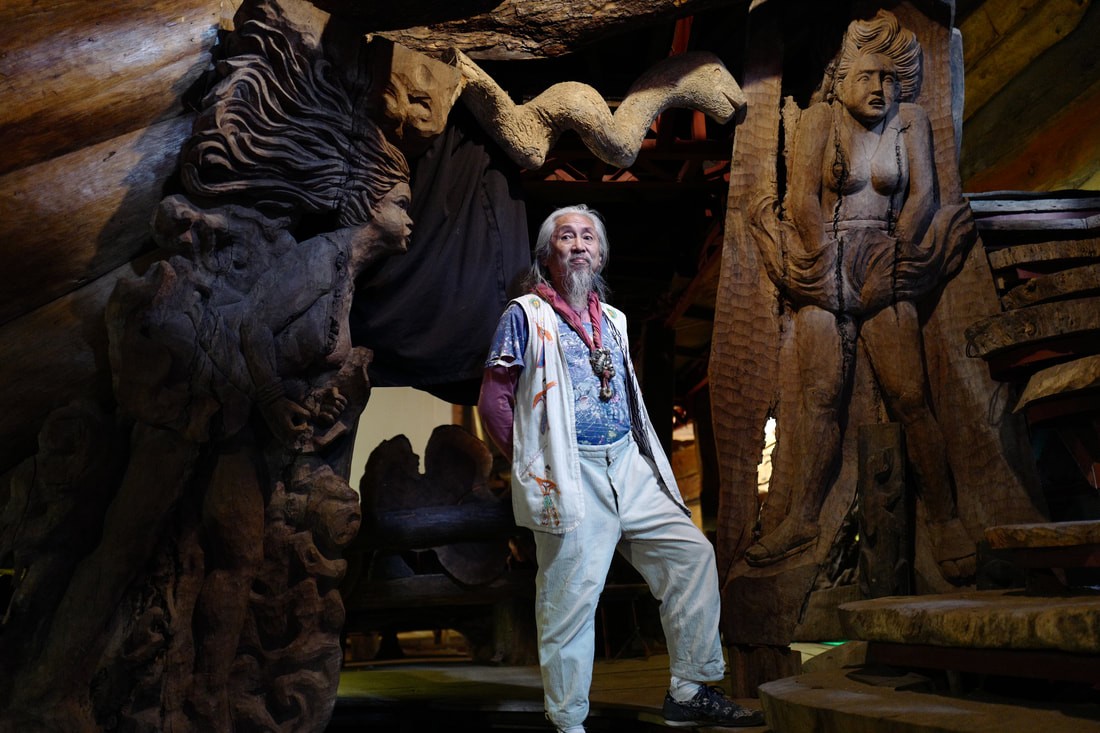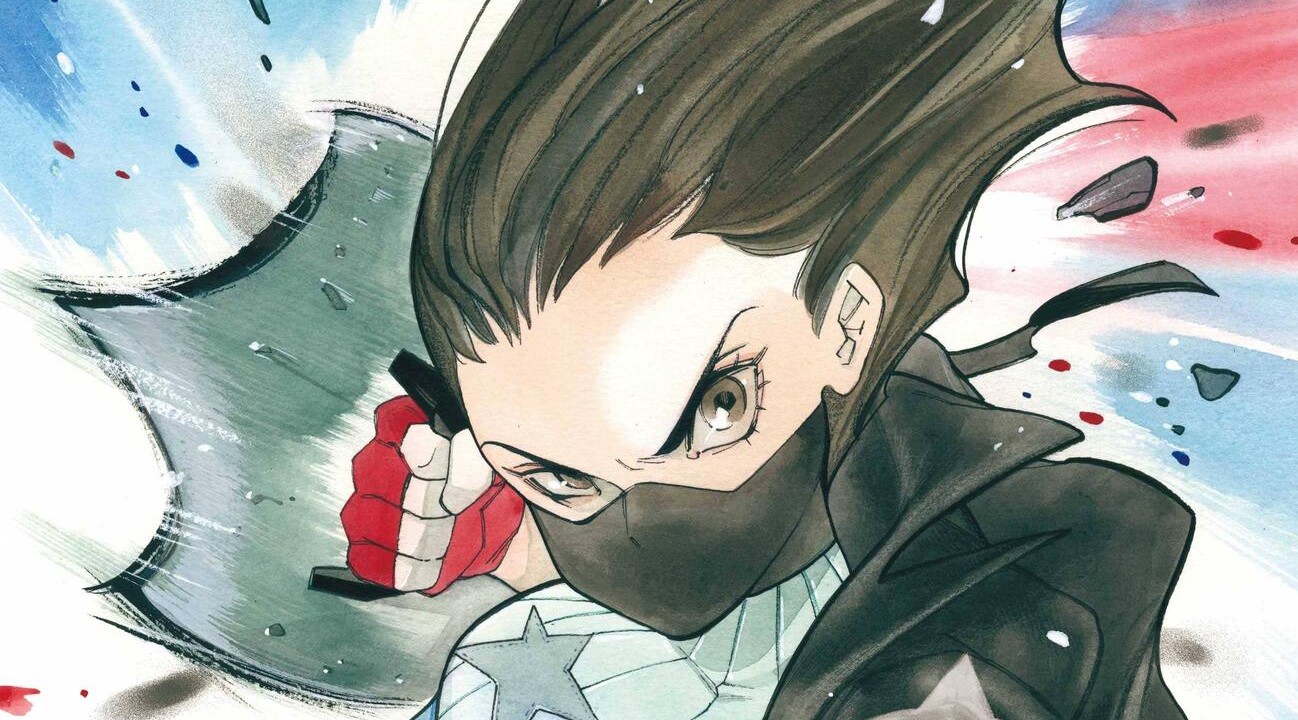
How Trese pushed Filipino stories to greater heights
By Ivan Jethro Balagtas
August 11, 2021
A few weeks ago, the much-anticipated anime adaptation of the award-winning komik series Trese was released on Netflix. With the platform's wide reach and diverse viewership, Trese introduced Filipino mythos, superstitions, and folklore to international audiences, including some unfamiliar to Filipinos.
Trese was first published in 2005 as a passion project by advertising executive Budjette Tan and illustrator Kajo Baldisimo. Fusing horror and crime genres, Tan and Baldisimo sought to explain urban myths and folklore through the protagonist Alexandra Trese and her work as a detective solving supernatural cases. Starting with a handful of forty copies printed independently, Trese slowly developed a strong fanbase who embraced the series’ clever way of mixing ancient Filipino beliefs and contemporary pop culture. The books won awards including several National Book Awards for Best Graphic Literature.
The Netflix adaptation set to follow these successes while adding a different flare that fits the on-screen experience. The adaptation was a new story, albeit following the established themes, concepts, and feel of the komik series. The production enlisted veteran film director Jay Oliva who was behind major film adaptations of Marvel and DC comic titles including the critically-acclaimed Batman: The Dark Knight Returns series. Oliva gave the series a cinematic touch and a well-informed interpretation of Filipino cultural elements.
Trese also had a star-studded cast featuring Hollywood names with Filipino heritage, including Shay Mitchell, Manny Jacinto, Nicole Scherzinger, and Jon Jon Briones. Their counterparts in the Filipino version include top-billed actress Liza Soberano, who provided additional fanfare thanks to her mainstream status.
On June 28, Trese’s production executives presented at the Creative Futures conference on their decade-long journey of putting the idea from script to the screen. Tan, Baldisimo, and Oliva are joined by showrunner Tanya Yuson who pushed for the anime adaption on behalf of the team.
From Passion Project to a Project of Passion
What began as a passion project by Tan and Baldisimo is now an international success, garnering the attention of fans and Filipino talents all over the world. It was produced by the animation studio BASE Entertainment which is based in Indonesia and Singapore with an adjacent team in South Korea. The post-production team Bang Zoom! Entertainment was in California, while the writing team was based in Manila.
Trese’s uphill climb came to be when showrunner Tanya Yuson cold-called Budjette to help put the pages to screen. Yuson was a fan of the komik series, which explained her enthusiasm as the show's producer and writer.
During their presentation at Creative Futures, the team candidly recalled how finding the right partner was important for securing a more favorable financial position, but for keeping the on-screen adaptation faithful to the original komik story. For example, a local producer once offered Tan a proposition where Alexandra Trese’s hypothetical boyfriend was a plot device to appeal to the Filipino mass audience – an offer he eventually turned down. Thus, to Yuson, the right partnerships will afford the longevity of the intellectual property and the preservation of its value chain.
Yuson and the production team pitched the series idea to John Deredian, Netflix’s vice president for content, who lifted the series when the platform was looking for non-Japanese animated features. Netflix generously gave Trese sufficient financial backing and adequate creative control. Oliva mentioned it was his call to cast Shay Mitchell, Manny Jacinto, and others and that Netflix didn’t give a specific film rating system for the series. This helped Trese achieve the action and horror elements many viewers liked.
Representation in the Right Direction
For Filipinos, what makes Trese special is its organic way of connecting with the audience. The series is a love letter to Manila. Familiar street corners, imagery, and pop culture references wink at the audience with homegrown pride and humor.
A scene that was discussed at length in the Creative Futures conference and on the internet was the opening scene where the train halted midway through the next station. Yuson said she helped the California showrunners experience Manila by riding the Manila Metro Rail Transit System (MRT) from first station to the last and going to parts of the city most tourists shy away from.
Trese captured the audiences’ attention by animating the everyday streets of Manila – an effort which is rare, especially in the world of anime where East Asian depictions are more frequent. The marketing and advertising of the series revolved around Trese’s thematic storyline and the public reciprocated the love Trese puts out. These campaigns were led by Gigil, a Cannes Lions-winning ad agency and frequent collaborator of Netflix. A series of billboards and murals made to look vandalized took the internet by storm, mesmerizing the audience with its polished execution and clear-cut messaging. The ABS-CBN headquarters was also converted to ABS-ZNN, its counterpart in the Trese universe. This marketing rollout allowed Trese to be positioned in Manila, instead of a fictitious version of the city. This instantly transported the story from fiction to reality.
Fan interactions are organic and people took great interest not just in the lore and mythos but also in the characters.
Trese’s success in gaining the attention and adoration of the Filipino audience is attributed to its faithful representation of the city’s popular culture and subcultures. It presented an unromanticized depiction of Manila’s rough edges without feeling too scornful or pessimistic. This is balanced with a positive outlook of the Filipino experience and a complex relationship with the city’s darker attributes.
Leading the Charge
Trese’s polished creative direction, captivating storytelling, and sleek animation were overshadowed by the fact that it is a pioneering animated feature. The production team over-delivered despite working on limited resources, talents, and status. In their Creative Futures presentation, some team members still couldn’t fathom how a small comic project in 2005 set out to be one of the most exciting things to happen in the Filipino entertainment industry in a long while. Trese proves that believing adamantly in a creative vision goes a long way and making the right call in the nitty-gritties pushed the vision even further.
“Well, Trese is special so we wanted to protect it. For me and Shanty [Harmayn] as producers, protecting the best part of your intellectual property is a way of securing its quality and longevity. It’s not just a creative choice. It’s part of the value chain to preserve what is special about it.”
As the series catapults Filipino stories to the global stage, there are only optimistic thoughts that follow. What an animation in the Filipino language and made by Filipino talents, who knows what comes next?


